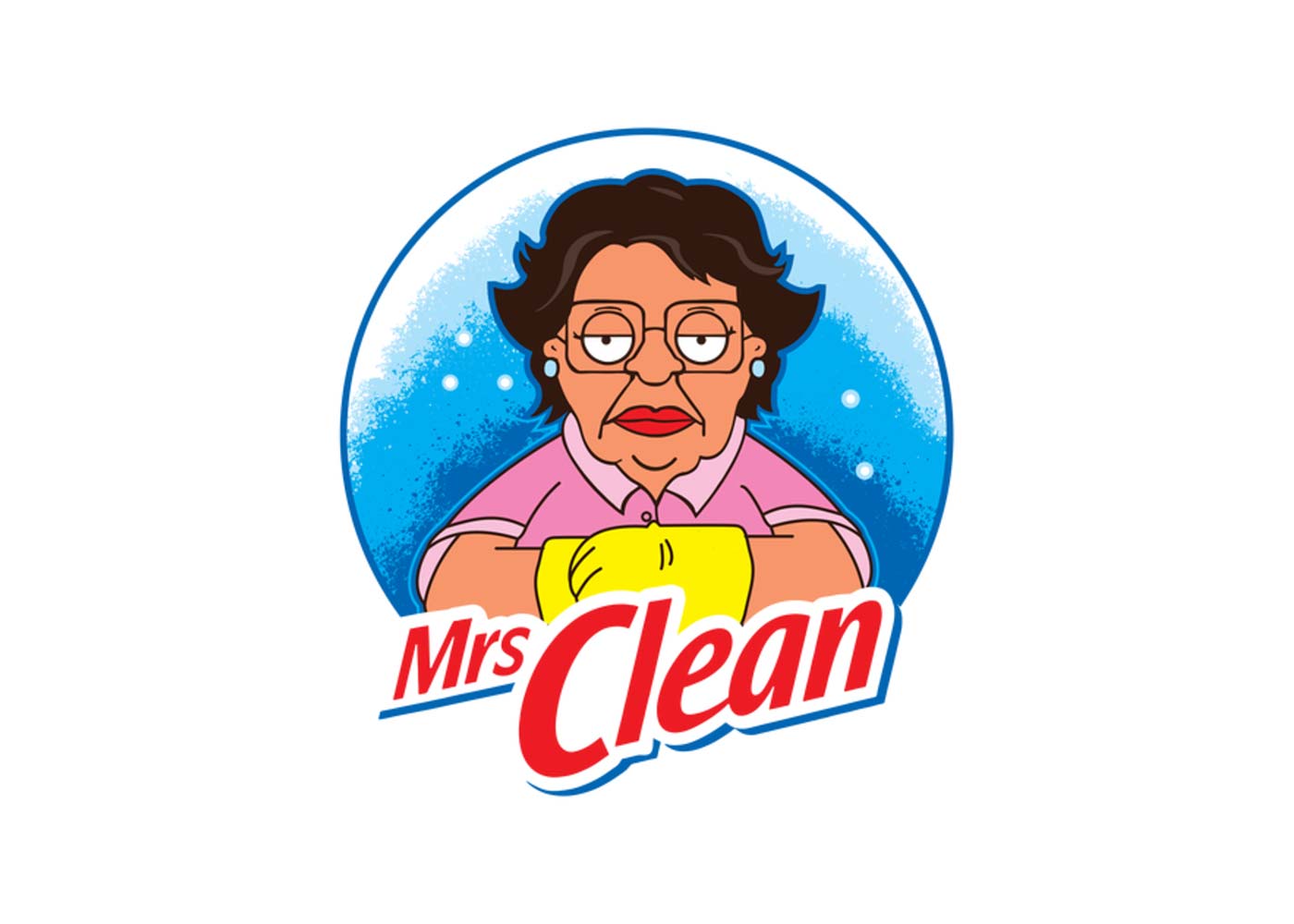New York’s brownstones are equal parts architecture and
anthropology—sandstone façades hardened by a century of soot, stoops polished
by millions of hurried commuter steps, iron railings whose curves still echo
Victorian optimism. Buyers spend whole careers chasing these addresses, yet the
same charm that sells townhouses can hide vulnerabilities that 2025 burglars
exploit with chilling ease. Mortise locks forged before World War I seldom meet
today’s ANSI standards, and landmark-preservation rules restrict visible
hardware changes. That tension—heritage versus hardening—demands specialists
fluent in both the city’s building codes and its criminal playbook.
Start with history. Brownstone doors are usually two inches
thick, far sturdier than modern hollow-core slabs. They contain mortise
cavities, not surface-mounted deadbolts, so any upgrade must respect internal
pocket dimensions carved decades ago. Installing a standard cylindrical
deadbolt often requires drilling a new bore; do that on a landmark façade and
the Landmarks Preservation Commission may levy hefty fines. Skilled craft means
harvesting security from within the existing footprint—reinforcing the strike
box with concealed steel, lengthening through-bolts that anchor hardware to
jamb studs, and plugging wood rot with marine-grade epoxy rather than swapping
out an entire door.
Then consider glass transoms. Many brownstones feature
ornate lead-lined windows above doorways; burglars smash the pane, reach in,
and turn an interior thumb-turn. One solution involves a double-cylinder lock
requiring a key even from inside, but fire code prohibits that unless a key
hangs within reach. A more elegant fix attaches a slimline keyed escutcheon
shielded by decorative brass, preserving aesthetics while deterring reach-through
unlocks. Weathered stone lintels pose another challenge—settling can misalign
doors by a quarter-inch, leaving bolts to drag or half-seat. A seasoned
locksmith uses shims, hinge adjustments, and strike-box fillers to recenter
engagements without altering exterior sightlines.
Restoration isn’t limited to doors. Garden-level windows,
once protected by cast-iron grilles, may now gape due to corroded fasteners.
Modern security bars violate historic character, yet interior polycarbonate
panels resist crowbars without changing curb appeal. Basement hatchways require
specialty padlocks that tolerate floodwater; thieves learn quickly that
storm-cellar doors may bypass alarm contacts on the main entry.
Technology folds into the mix. Wi-Fi‐enabled smart cylinders
exist that retrofit mortise bodies, hiding micro-controllers behind antique
backplates. At first glance they appear unchanged, but a Bluetooth reader
inside pairs with phones, logging every unlock. Firmware updates install via
over-the-air packages signed with public-key encryption. Residents gain audit
trails and one-touch revocation—crucial when contractors rotate through
months-long renovations—while inspectors see no modern intrusion on the beloved
façade.
Yet technology introduces risk if misconfigured. Many
brownstones have thick masonry walls that block 2.4 GHz signals, leading
residents to install repeaters in hall closets. Poor placement can leave dead
zones near the stoop, causing time-outs that leave doors stubbornly locked—or
worse, unlocked. A professional conducts RF mapping before finalising device
positions and selects low-power Thread or Z-Wave mesh radios when Wi-Fi proves
unreliable.
Halfway into any retrofit plan, a prudent homeowner partners
with a NYC locksmith versed in both
historic guidelines and next-generation hardware. Such specialists carry
reproduction brass screws that match 1880s slot profiles, graphite powders
formulated for century-old pin alloys, and borescopes thin enough to inspect
mortise cavities without enlarging them. They also know fire-safety subtleties:
landmark doors often lack 90-minute ratings, so added surface bolts must not
impede egress. A signed compliance letter from a certified locksmith often
accelerates LPC approval and lowers insurance premiums, because underwriters
trust verifiable upgrades more than homeowner assurances.
Post-installation, maintenance becomes a ritual. Stone
houses shift with freeze-thaw cycles; locksmiths schedule biannual tune-ups to
realign strikes and tighten screws that loosen as wood dries. Residents learn
seasonal habits—graphite lube in February, gasket checks before humid August—to
keep mechanisms silky. Educational walkthroughs demystify locksmith jargon,
empowering owners to identify early warning signs like key sticking or latch
rebound, preventing midnight emergencies.
Brownstone pride thrives when stewardship marries nostalgia
to neutrality-tested hardware. Security that disappears into original craftsmanship
lets owners relish flickering gas lamps and ornate door knockers without
fearing that an 1890s lock will falter in 2025. The city wins, too: every
preserved façade that also stands resilient against crime embodies the delicate
balance between heritage and progress that keeps New York’s story vibrant.
If you wish to contribute to our blog, please email us on morhadotsan@gmail.com.




















